4140 Steel: Material Properties Guide and FAQ
What is 4140 steel, and what makes it one of the most popular choices for challenging applications in automotive, aerospace, and beyond?
In this blog, we review the fundamentals of this important steel grade, explore its key properties, and explain what makes it different from some other leading grades.
The information presented below is provided as a general instructional guide only and is not intended to be comprehensive or definitive. Please reach out to Jade Sterling Steel if you have questions about your steel project and its requirements.
What is 4140 steel?
4140 refers to a particular grade of steel widely employed across a variety of industries due to its strength, versatility, useful material properties, and amenability to different heat treatments and cold finishing options. 4140 steel is a low-alloy, medium-carbon (.38%-.43%) steel.
Common applications for 4140 steel include:
The automotive industry, where it can provide an excellent fit for components facing chronic exposure to stress, including drive shafts, crankshafts, gears, and axles.
Aerospace, where it can be found in landing gear, structural elements, and other critical components.
Load-bearing components for general construction and manufacturing, including chains, bolts, and other fasteners.
Industrial machinery that demands steel capable of withstanding heavy loads and high-stress.
Defense applications, where 4140 steel is commonly found in components such as gun barrels.
4140 Steel Properties
Specifically, according to the AISI carbon steel naming conventions:
The first digit ‘4’ designates a relatively high amount of molybdenum, added for improved hardness and high-temperature strength.
The second digit ‘1’ designates the addition of chromium for improved corrosion and wear resistance.
The final two digits ‘40’ distinguish 4140 from other 4000 series steels (see below for a comparison with some representative grades). Manganese is also included to help improve overall strength and improve machinability.
In general, 4140 steel offers:
Excellent tensile (~95,000 psi), fatigue, and torsional strength.
Strong wear and corrosion resistance with minimal fracturing.
For annealed 4140 steel, a machinability rating of over 65%.
High ductility amenable to conventional forming techniques and cold working techniques.
The most important drawback of 4140 steel is that it is relatively difficult to weld and requires pre-heating (although annealing can improve weldability if required).
4140 Steel Hardness
4140 steel offers a hardness of 197 on the Brinell scale. Critically, its excellent hardenability also creates a number of possibilities for heat treatment processes including quenching and tempering. Heat treatments can help steel suppliers closely match material properties to the requirements of the application at hand.
4140 Steel Comparisons: Frequently Asked Questions
While not comprehensive, the comparisons below help distinguish 4140 from some other popular grades of steel.
What makes 4140 vs 4340 steel different?
While they exhibit small differences in their mixes of molybdenum and manganese, the important difference between these steel grades is the addition of nickel in 4340, which can improve strength.
What makes 4140 vs 1018 steel different?
1018 steel is a low-carbon steel with about 0.18% carbon content, allowing for easier machinability than 4140. However, 1018 lacks the same outstanding strength, hardness, and wear resistance.
What makes 1045 vs 4140 steel different?
1045 steel is a medium-carbon steel with approximately 0.45% carbon content, providing higher strength and hardness than lower carbon steels like 1018 but still falling short of 4140’s tensile strength and toughness. 1045 lacks the same alloying elements, so it does not offer 4140’s wear resistance or versatile heat-treating options.
What makes 4130 vs 4140 steel different?
Both part of the 4000 series alloy steels, 4130 contains slightly less carbon and molybdenum than 4140, allowing for improved weldability and ductility but reduced strength and wear resistance.
Learn More About Sourcing the Right Steel for Your Next Project
Whether your project calls for 4140 steel or another grade, Jade Sterling is here to help. Our team can help source the right material for your needs—and supply it through a true supply chain partnership that offers both reliability and the nationwide network needed to facilitate urgent requests.
For over 55 years, Jade Sterling Steel has been one of the nation’s premier distributors of steel bar and wire rod. Our 40,000+ ton inventory features a broad selection of grades, sizes, and finishing options, giving our customers the flexibility to select the best material for their needs. Whether you need a just-in-time delivery or a long-term supply chain partner, our team is here to help.
Please reach out to our team if you have any questions or topics you would like to see covered in the future.


